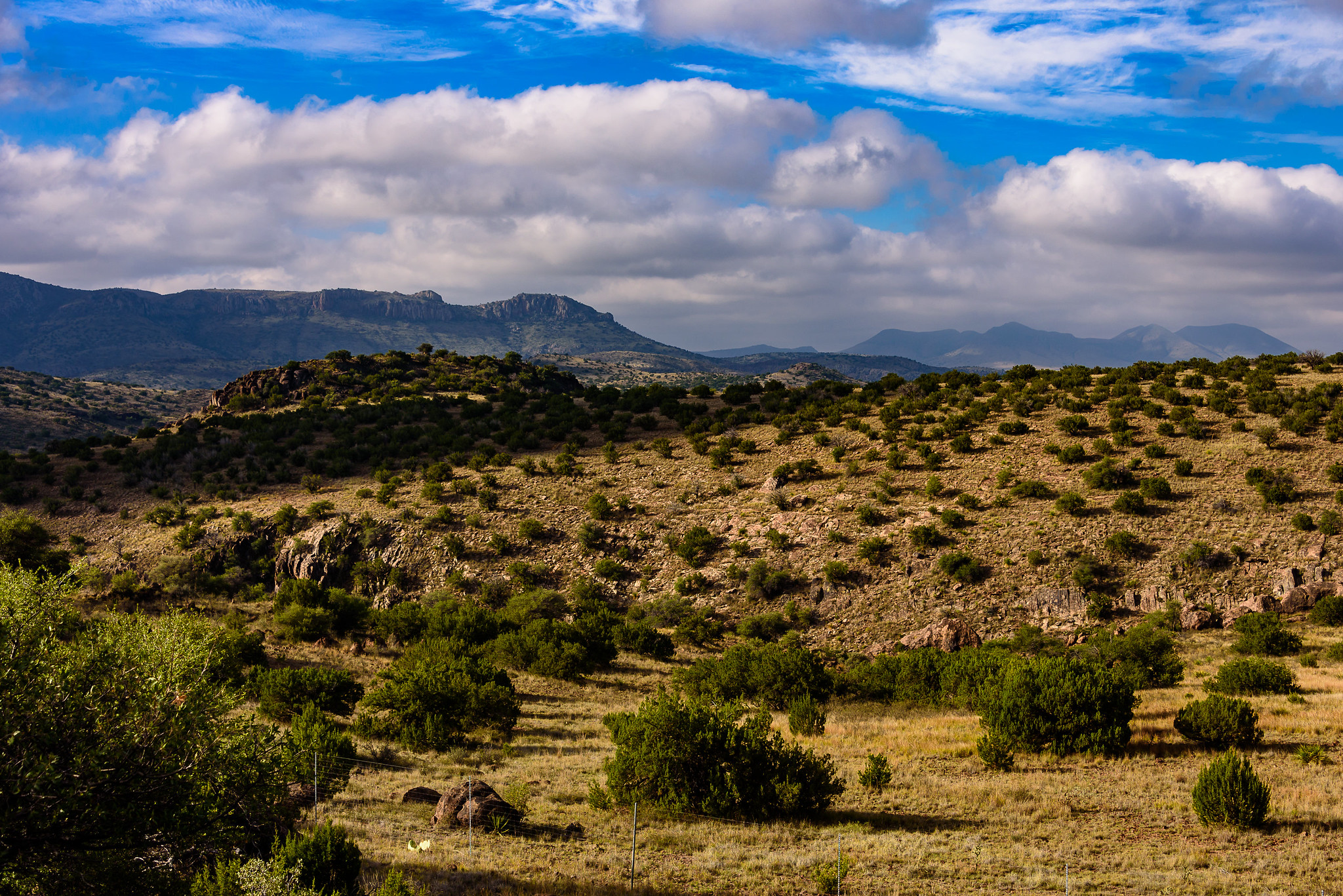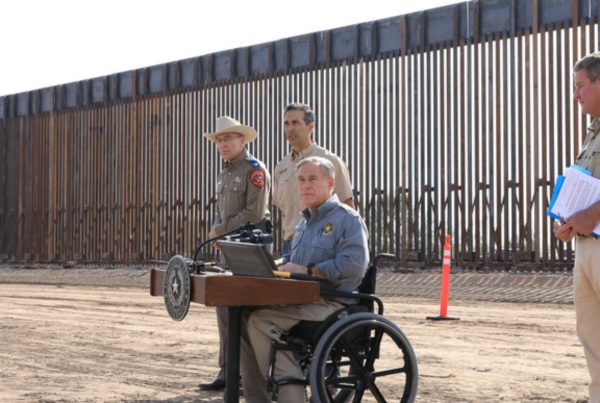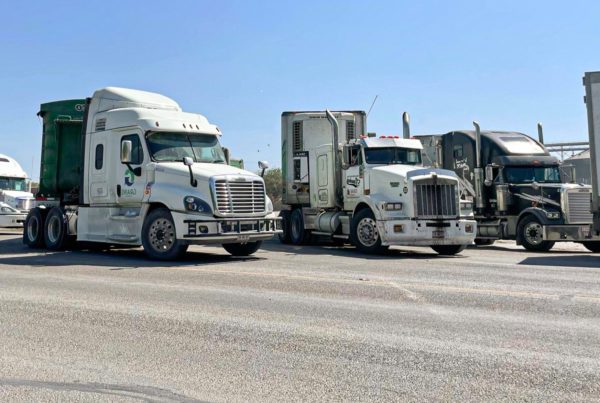For seven days in April 1997, an armed militia styling itself as the Republic of Texas tried to secede from the state, leading to an infamous weeklong standoff with law enforcement in West Texas.
The standoff at a resort just north of Fort Davis began when members of the group took a local couple hostage in their home because they wanted to use the property as their headquarters. Joe Rowe still lives in the adobe house with commanding views of the scrubby West Texas mountains.
Rachel Monroe is a contributing writer with The New Yorker. She interviewed Rowe about his experience, and the standoff that briefly put his community in the national spotlight. She spoke with Texas Standard about her reporting. Listen to the full interview in the audio player above or read the transcript below.
This interview has been edited lightly for clarity.
Texas Standard: This is a remarkable story from 25 years ago that many remember and quite a few have never heard of before. Tell us a bit about what this Republic of Texas group was and its leader, Rick McLaren.
Rachel Monroe: So Rick McLaren – not a native Texan, interesting to note – became kind of notorious in West Texas in the ’80s and ’90s for doing sort of “paper terrorism.” He would just file an enormous amount of legal filings, mostly spurious, and then kind of caught on to this idea that Texas, as he saw it, had never rejoined the United States [after the Civil War.] And so it was its own separate country. And he convinced a lot of folks down there that this was true. And if they became a member of his Republic of Texas, a lot of taxes and rules and regulations wouldn’t apply to them. And he turned out to be from what I’ve heard, is incredibly persuasive person, very fast-talking and people liked what they heard.
So fast forward to April of 1997. McLaren’s group takes over Joe Rowe’s home. How did Joe Rowe get looped into this? Why this particular site?
So Joe Rowe: all these folks are living up in the Davis Mountains Resort, which is called a subdivision, but that kind of gives you the sense that it’s suburban; it’s, like, the opposite of suburban. This is very rural land way up there in the Davis Mountains. You get a lot of people who kind of want to do their own thing up there, but they all share this one road that leads into the community. And Joe Rowe’s house is at the edge of this community. So in that way, he’s in a strong strategic position. If you’re trying to kind of take over this land. And at the same time, he’s one of the people who’s involved with the local homeowner’s association, which is maintaining the roads. You have to pay a fee if you own property out there. And McLaren is really hating this fee and telling people they don’t have to pay it. So there are these two strikes against Joe Rowe. He’s got this strategically positioned house and he’s involved in collecting this fee. And he wakes up one morning to find these people who were his neighbors surrounding his house and telling him to surrender it.
What was their plan, that they would take over the mountain, the entire area, Fort Davis, and eventually the state of Texas?
Well, McLaren is one of those people whose rhetoric was maybe outsize to the actual possibilities. So, was it like, We begin in Fort Davis and next, the tricounty area and next, the world? I mean, hard to say. This all kind of started with a couple of their members getting arrested. So I think part of it was like a strategic prisoner exchange, and they called the Rowes prisoners of war.
They were basically just held hostage at their own home, right?
Yes. And it’s important to know, Joe Rowe was shot. One of his neighbors, in coming in and taking over the house, [Rowe] was shot in the shoulder. And so he was not grievously wounded, but he told me was bleeding like a stuck hog. So this scene got very chaotic there.
What happened after that? Did troopers or other law enforcement officials arrive?
Yeah, it’s funny. If you talk about it with anybody who was out in West Texas when this happened, people just remember the enormous amount of response. There ended up being something like 300 different law enforcement officers. There were helicopters, just like everybody who was anybody came to this. You have to remember that Waco and Ruby Ridge, those standoffs, were just a couple years earlier. So everybody had these sort of traumatic memories of how these standoffs could turn really serious and really fatal really quickly.
So this went on for a week. How was it ultimately resolved? Was there a raid?
The Rowes were kept prisoner for about 13 hours, and then they arranged a sort of prisoner exchange to get them out of there. I think in one way, the people who took them hostage were also their neighbors and they were worried about Joe Rowe. That’s the sense that that I got from speaking to him. They didn’t want to be charged with murder. They didn’t want his death on their hands. So they let him out to go to the hospital.
And then they’re holed up there for about a week.
Eventually, it was some savvy negotiation from Barry Caver, who was the Texas Ranger who handled the negotiation. He just signed a treaty with McLaren, and the treaty was an essentially worthless piece of paper, more or less. It made all these provisions that didn’t make any sense and weren’t legal at all. But Rick McLaren saw this as an official recognition of the Republic of Texas. So even though he’s coming out and surrendering and getting arrested and it’s going to be in prison for the rest of his life, he was able to kind of, in his mind, spin this as a as a success.
Joe Rowe was shot and clearly survived. Was anyone else injured or hurt in this standoff?
Most of the handful of members of the Republic of Texas surrendered at that point, including Rick McLaren, the leader. Two folks, including one of the hostage takers escaped off into the woods. And one of them did end up being shot and killed a in a gun battle with authorities. The other one escaped and somehow kind of found his way out of the mountains and wasn’t arrested until months later on the other side of the state.
So, final tally, you have one member of the Republic of Texas shot and killed by authorities, one hostage wounded, but OK, and everybody else are in prison for decades.
What happened to Rick McLaren?
He’s going to be in prison for the rest of his life, and he is still there, and every now and then a journalist will kind of seek him out and be like, “Hey, Rick, how are you feeling about secession these days?” And he’s still on it; he has not backed down one bit. He still thinks that his idea is correct, that Texas is its own country and that he should be in charge of it
Twenty-five years later, how are folks looking back on this event? What about Joe Rowe? How does he look back on it?
The people who took him hostage are all in prison, but there are a lot of sympathizers up there in the Davis Mountains Resort. And so he’s living alongside people who supported the group that took him hostage and that shot him. And I asked him if he talked about it with them, and he said, “I don’t. I try not to stir it up,” which is interesting.
And it was also funny talking to him because, as a person who is a victim of one of these groups, he’s not sympathetic to them, but he has some of that kind of independent spirit in him. He told me he was sympathetic to Cliven Bundy and that standoff that happened in Oregon. Sometimes he thinks something like this could work. And so you’re starting to hear some of this secessionist, sovereign citizen rhetoric pick up quite a bit in recent years. And it was interesting to me to hear that somebody who had been a victim of one of these groups, part of him is still sympathetic to it.















